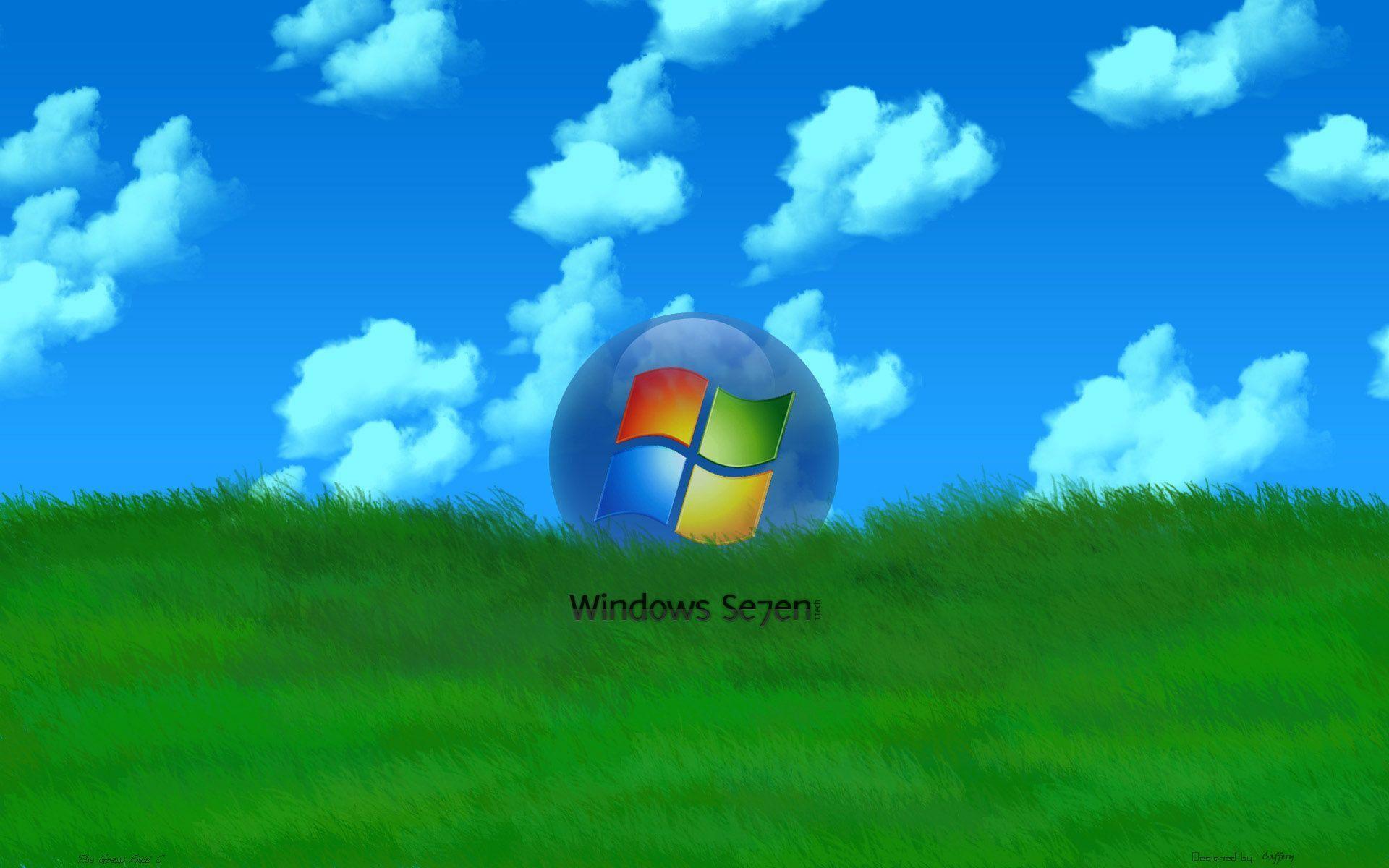
What really makes these capabilities so potentially impactful is that Copilot can use your own existing documents and other data through what Microsoft has long been calling the Microsoft Graph, making the outcomes immensely more personal. In addition, there are completely new features, such as Excel data analysis, visualization, and natural language formulas. With Copilot, the ability extends to building the entire presentation from something as simple as a few ideas in a different Word document. In some cases the new capabilities build on some simpler AI features in previous versions of Office, such as the incredibly useful Designer feature in PowerPoint, which can turn basic slides into an elegant presentation. The word "Copilot," which the company very intentionally chose, is meant to clarify the type of role that AI content is meant to play and, at the same time, emphasize the continued importance that humans still play in creating and controlling it. You can use Copilot to generate new text-based content, analyze numeric data, create new designs, summarize email, chat discussions, or other content, and much more. The integration of Copilot into Word, Excel, PowerPoint, Outlook, and Teams delivers a number of the features we've quickly come to expect from these types of tools. But now that it's been officially unveiled, it's worth diving into what they offer and what their potential impact could be. There were some who wondered why Microsoft didn't bring these capabilities to Office first.

You could argue this latest Microsoft news were widely telegraphed by the company with the release of Bing's AI chatbot a few weeks back. The company is using GPT-4 to power Microsoft 365 Copilot as well. In between, Microsoft also confirmed that it had been using an early revision of GPT-4 in Bing Search. Now, less than 48 hours later, Microsoft is debuting Microsoft 365 Copilot, offering generative AI capabilities for Office, as well as related updates for its Power Platform for low code/no code development. No sooner had Google introduced an impressive raft of AI capabilities for its cloud platform and Workspace productivity suite - or more likely, that was Google trying to steal some of its competitor's thunder - then OpenAI unveiled the latest version of the GPT-4 large language model. In my nearly 25 years as an analyst, I have to admit that I've never seen advances move faster and competition get more intense than we've seen in the world of generative AI over the last few weeks.


 0 kommentar(er)
0 kommentar(er)
